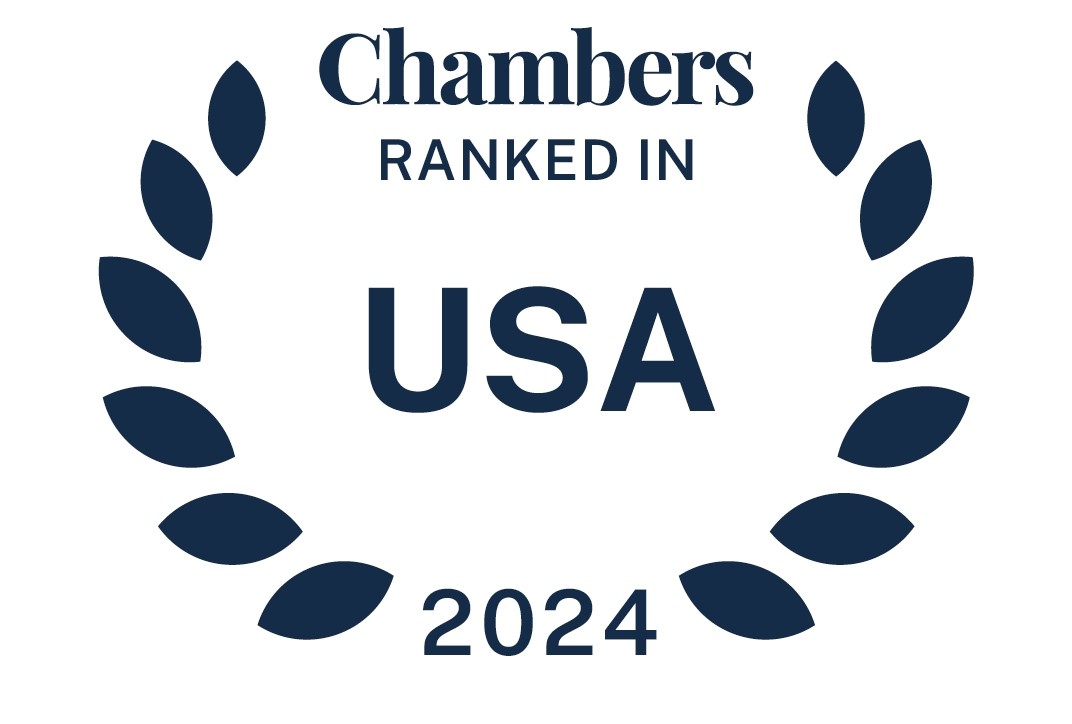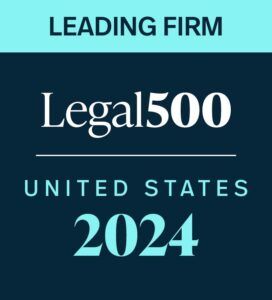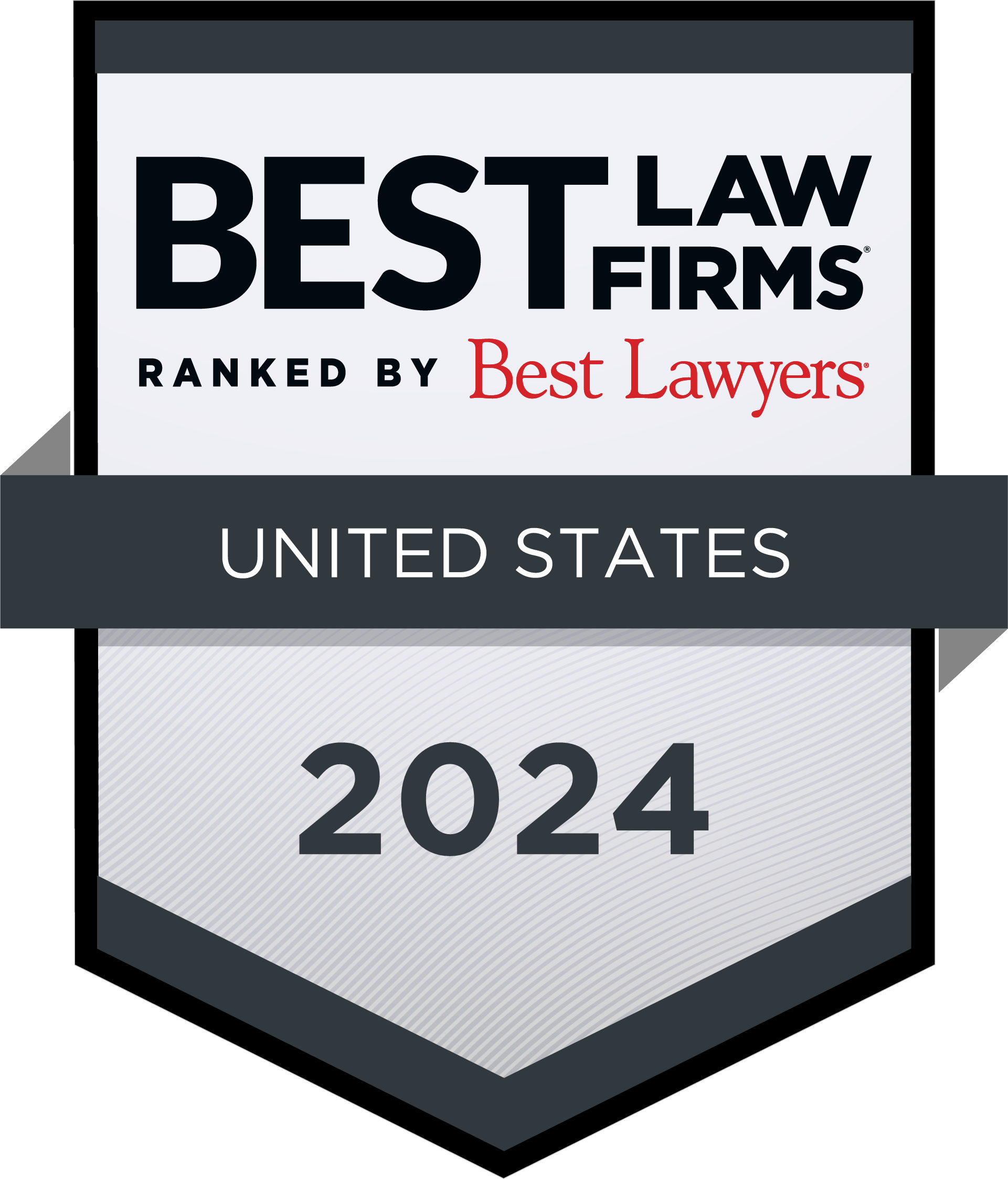Following a dynamic year, coupled with a continually evolving legal landscape, employers face increasing regulatory compliance, organized labor advances, technological changes, challenges in protecting company information and retaining talent, and new litigation trends.
In a recent webinar, McDermott’s industry-leading employment team unpacked the most pertinent legal updates and provided tips and action items to get ahead in 2025. They discussed new laws taking effect in the new year, explored key developments impacting management and the workforce, and provided guidance on what employers can anticipate this year.
read more

 Subscribe
Subscribe




